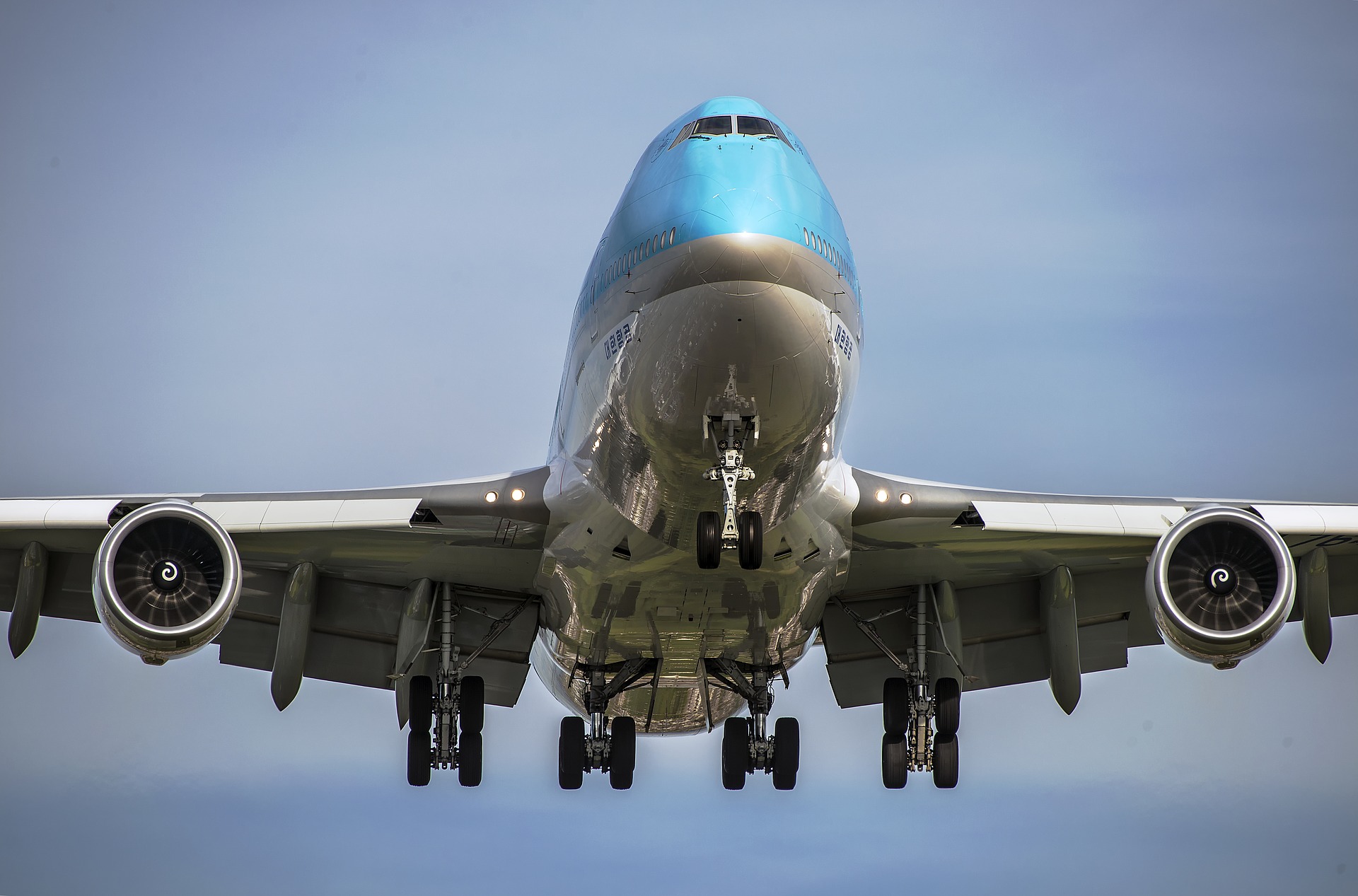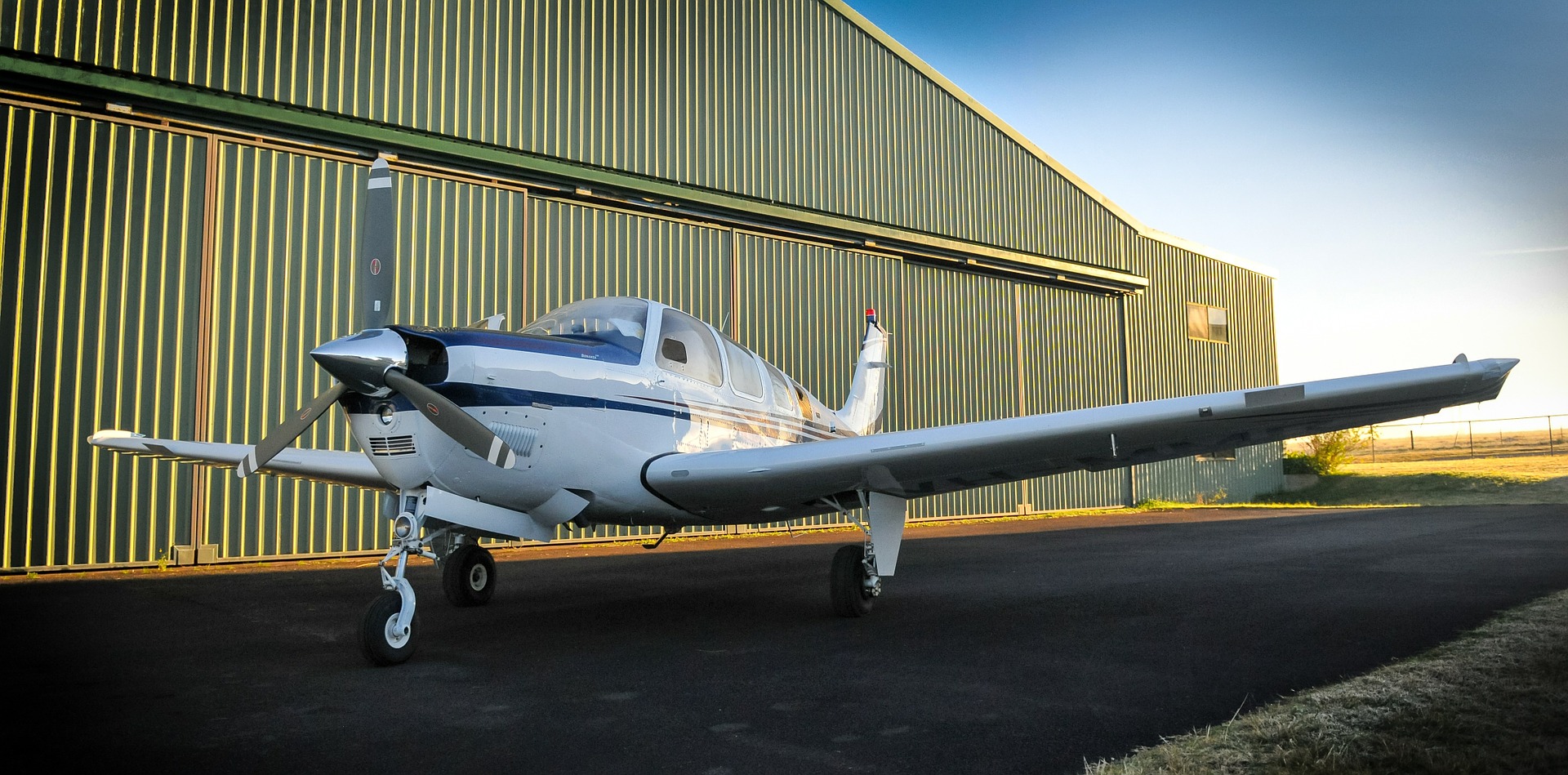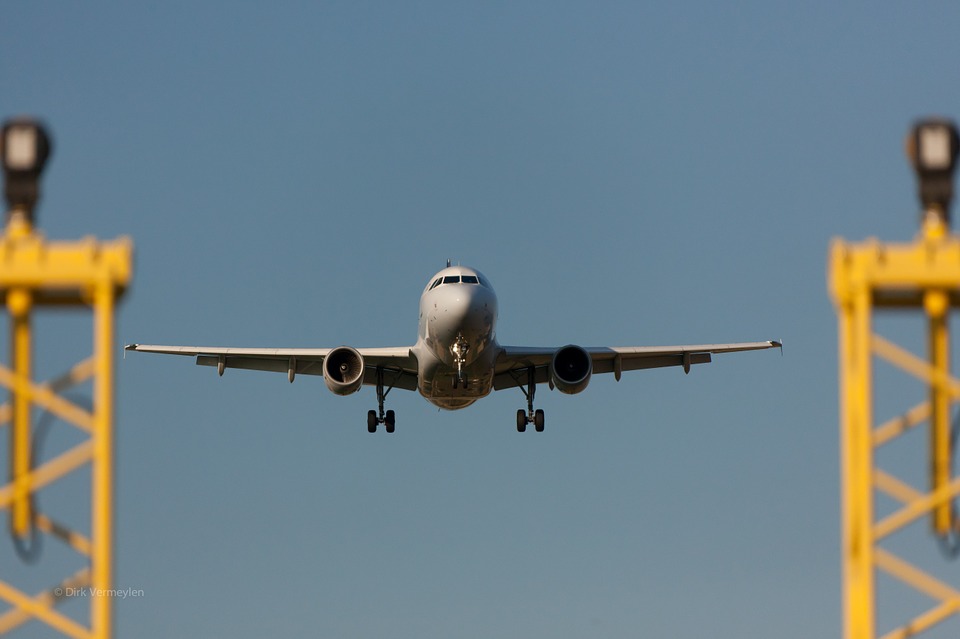
Becoming an airline pilot is very fascinating and exciting! Many people dreams to become a pilot but it is not easy as it can seem.
To be able to fly an aircraft, you need to have a valid pilot licence and a medical certification.

The actual process to be a pilot requires a lot of time and dedication. It is also necessary to be able to meet certain requirements and it is quite expensive to obtain flight licences.
Training to achieve and maintain aeronautical licenses is carried out exclusively at an approved flight school, also known as the Approved Training Organization (ATO), issued by the Civil Aviation Authority (CAA) of the registered country of aircraft. For example, in Europe there is the European Aviation Safety Agency (EASA), which monitors and regulates all the necessary regulations and the authorizations. While in the U.S.A., America, and some other countries there are different authorities such as the Federal Aviation Administration (FAA).
ATOs provide training for private pilot licenses (PPL), Professional licenses including the commercial pilot licenses (CPL) and the airline transport pilot licences (ATPL), instrument rating (IR), all class and type ratings (TR), flight instructor ratings (FI), device training (STD) and theoretical training for specific training programs.
Before starting a pilot's career in an approved flying school, the candidate must have at least a good knowledge of mathematics, physics and English. These subjects are the three main subjects that a pilot must know.
Depending on what the candidate wants to do with the aircraft, there are several different main types of pilot's licenses:

The training duration can be variable depending on availability of the candidate and the flight school.
To become a professional pilot it is necessary to have the Airline Transport Pilot Licence. The ATPL course is the highest level of aircraft pilot licence and consists of a theoretical part, a practical part in flight and a practical part on a flight simulator. The minimum age for registration is 16 years, and 17 to get the first pilot license.
In Europe, the theoretical course is structured according to EASA regulations that provides about 650 hours of classroom lessons.
To obtain the license you must pass a theoretical and a practical examination at that institution. The exams subjects are: Aviation Law, Airframe & Systems, Powerplant, Radio Navigation, Human Performance, Meteorology, Instrumentation, Mass & Balance, General Navigation, VFR & IFR Communications, Flight Planning & Monitoring, Operational Procedures, Performance, and Principles of Flight. Once you have finished the practical training and passed the in-flight exam, you will have a “frozen ATPL” that consists of a the oretical Airline Transport Pilot Licence plus Commercial Pilot Licence with Instrument Rating. When you reach 1500 total flight hours, you get the so-called “full ATPL”, which is the license that enables you to accede to the Commander course.
The price depends on the flight school, the location and on the flight hours, generally it varies between 85.000 EUR and 120.000 EUR.
After the ATPL course, you can follow a further course called Type Rating (TR), thanks to the pilot has the opportunity to specialize on a specific aircraft such as Airbus A320 or Boeing 737. The price for Type Rating course is approximately 25.000 EUR, depends on the aircraft’s type and the Training Centre which provides the course.
There is a certificate you are required to obtain, the Test of English for Aviation (TEA), which consists of an oral exam in English language about an aviation context, taken with a certified examiner. The duration of this interview is approximately 30 minutes.
TEA is a language proficiency test that evaluates the ability to speak and listen in English according to the ICAO assessment scale, which is divided into three levels 4, 5 and 6, where 6 is the highest one.
To be able to attend a piloting course you must pass medical examinations at the Military Medical Institute of Air Force or at an Aero-Medical Centre (AeMC). There are two different types of medical certificates: First class or Class 1 for those who want to become a commercial pilot (valid for CPL or ATPL) and Second class or Class 2 for those who want to become a private pilot (valid for PPL).
The medical examinations that are necessary to obtain one of the two certificates include: blood tests, urinalysis, eye examination, audiometric examination, cardiology visit, electrocardiogram, interview with the psychologist, and other examinations.
The First class medical certificate is valid for 12 months up to the age of forty after which, it is necessary to undergo the medical check each 6 months. The Second class medial certificate is valid for two years up to the age of forty, after which it is necessary to undergo the medical check each year.
All licenses are valid on the condition that the pilot exceeds periodic medical examinations and flight skill tests specified in airline regulations. Pilot licences are not valid without a valid medical certificate.
Pilots can find work in big companies in airlines, in smaller private/business jet operators. Nowadays it is really difficult to find work as a pilot, there are many pilots in the World and the Airlines requirements are very restricted.
